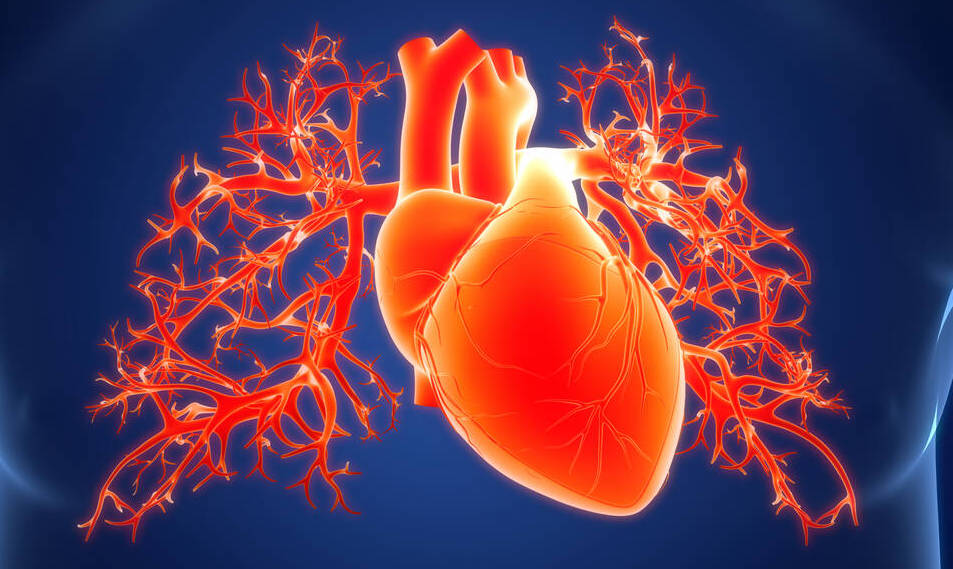1,253 total views
Last Updated on 15/08/2025 by James Anderson
Introduction to Modafinil
Modafinil is a popular wakefulness-promoting medication often prescribed for narcolepsy, sleep apnea, and shift work sleep disorder. In recent years, it’s also gained traction as a cognitive enhancer, especially among students, professionals, and military personnel.
While its benefits for alertness and focus are well-documented, the conversation around modafinil and heart health is equally important. Understanding how this medication impacts your cardiovascular system can help ensure safe and effective use.
How Modafinil Works in the Body
Mechanism of Action and Brain Chemistry
Modafinil operates differently from traditional stimulants like amphetamines. Instead of flooding the brain with dopamine, it subtly increases certain neurotransmitters particularly dopamine, norepinephrine, histamine, and orexin while also influencing glutamate and GABA.
This balanced activation promotes wakefulness without the intense euphoria or “crash” that’s typical of stronger stimulants. However, because dopamine and norepinephrine also play roles in regulating blood pressure and heart rate, there’s a direct cardiovascular connection.
The Link Between Modafinil and Cardiovascular Health
Why Heart Health Matters with Modafinil Use
Your heart and blood vessels respond to chemical signals from the brain. Any medication that influences neurotransmitters affecting arousal and stress can also influence cardiovascular function.
For most healthy individuals, modafinil’s impact is minimal. But for those with existing heart conditions or those taking high doses side effects can be more pronounced. Monitoring heart rate and blood pressure during modafinil use is considered good practice.
Common Cardiovascular Effects of Modafinil
Short-Term Heart Rate and Blood Pressure Changes
In clinical studies, some users experienced mild increases in resting heart rate (by 2-5 bpm) and systolic blood pressure (by 1-4 mmHg). These changes are typically temporary and return to baseline when the medication wears off.
Long-Term Cardiac Considerations
Long-term use in healthy adults hasn’t shown significant heart damage in peer-reviewed studies. However, for those predisposed to hypertension, arrhythmias, or heart valve issues, extended use without medical oversight could raise risks.
Modafinil Use in People with Pre-Existing Heart Conditions
Risk Factors for Arrhythmias and Hypertension
If you have a history of atrial fibrillation, tachycardia, or high blood pressure, modafinil should be approached with caution. The drug’s mild stimulating effects could worsen these conditions.
Doctors may recommend starting at a lower dose (100 mg instead of 200 mg) and performing regular ECGs to detect changes early.
Clinical Studies on Modafinil and Heart Function
What Research Says About Cardiovascular Safety
A 2018 review published in CNS Drugs analyzed data from multiple clinical trials and found no major link between modafinil and severe cardiac events in healthy individuals. However, isolated case reports exist of chest pain, palpitations, and elevated blood pressure particularly in people with pre-existing cardiovascular disease.
For comparison, modafinil is generally considered safer for the heart than amphetamine based medications, though both require monitoring.
Safe Dosage and Administration to Reduce Cardiac Risks
Doctor Recommended Dosage Guidelines
Typical prescription: 200 mg once daily in the morning.
Maximum studied safe dose: 400 mg/day (not recommended for everyone).
To minimize heart-related side effects:
- Take the lowest effective dose
- Avoid late-afternoon or evening doses to prevent sleep disruption
- Do not combine with other strong stimulants unless approved by your doctor
Modafinil Interactions with Other Cardiovascular Medications
Potential Drug Interactions and Precautions
Some blood pressure medications like beta-blockers may counteract modafinil’s stimulating effects, while others like certain calcium channel blockers could interact unpredictably. Always discuss your medication list with a healthcare provider before starting modafinil.
Lifestyle Factors That Influence Modafinil’s Heart Impact
Diet, Exercise, and Hydration
- Balanced diet: High potassium and magnesium foods can help regulate blood pressure
- Moderate exercise: Supports overall cardiovascular resilience
- Adequate hydration: Prevents blood thickening and strain on the heart
Recognizing Warning Signs of Heart-Related Side Effects
When to Seek Medical Help
Stop taking modafinil and seek immediate care if you experience:
- Persistent chest pain
- Rapid or irregular heartbeat
- Severe shortness of breath
- Unexplained dizziness or fainting
Alternatives to Modafinil for Those at Cardiovascular Risk
Non-Stimulant Cognitive Enhancers
If modafinil poses too high a risk, consider alternatives like:
- L-theanine + caffeine (low dose) – gentle focus boost
- Omega-3 supplements – long-term brain health
- Rhodiola rosea – adaptogen for mental clarity
FAQ
1. Can modafinil cause a heart attack?
In healthy adults, the risk is extremely low. People with severe heart disease should avoid unsupervised use.
2. Is it safe to take modafinil every day?
Yes, if prescribed by a doctor and monitored regularly.
3. Will modafinil raise my blood pressure?
It may cause small increases; monitor if you have hypertension.
4. Can I drink coffee while on modafinil?
Yes, but avoid excessive caffeine to reduce heart strain.
5. Is modafinil safer for the heart than Adderall?
Generally yes, though both require medical oversight.
6. Does exercise make modafinil’s heart effects worse?
Moderate exercise is fine; intense workouts may amplify heart rate increases.
Conclusion
Modafinil remains a widely used and relatively heart-safe wakefulness aid when taken responsibly. For healthy individuals, cardiovascular effects are mild and temporary. For those with pre-existing heart conditions, careful monitoring, lower doses, and regular medical check-ups can ensure safer use.
‼️ Disclaimer: The information provided in this article about modafinil is intended for informational purposes only and is not a substitute for professional medical consultation or recommendations. The author of the article are not responsible for any errors, omissions, or actions based on the information provided.
References:
- Hersey M, Tanda G. Modafinil, an atypical CNS stimulant? Pharmacological Advances in Central Nervous System Stimulants. Adv Pharmacol. 2024
- Oliva Ramirez A, Keenan A, Kalau O, Worthington E, Cohen L, Singh S. Prevalence and burden of multiple sclerosis-related fatigue: a systematic literature review. https://doi.org/10.1186/s12883-021-02396-1 . 2021.
- Ciancio A, Moretti MC, Natale A, Rodolico A, Signorelli MS, Petralia A. Personality Traits and Fatigue in Multiple Sclerosis: A Narrative Review. Journal of Clinical Medicine. https://doi.org/10.3390/jcm12134518 . 2023
- Mereu, M., Bonci, A., Newman, A. H., & Tanda, G. The neurobiology of modafinil as an enhancer of cognitive performance and a potential treatment for substance use disorders. https://doi.org/10.1007/s00213-013-3232-4 . 2013
- U.S. Food and Drug Administration. PROVIGIL. U.S. Department of Health and Human Services. https://www.accessdata.fda.gov/drugsatfda_docs/label/2015/020717s037s038lbl.pdf . 2015
- Ballon JS, Feifel D. A systematic review of modafinil: potential clinical uses and mechanisms of action. J Clin Psychiatry. 2006
- Willavize, S. A., Nichols, A. I., & Lee, J. Population pharmacokinetic modeling of armodafinil and its major metabolites. https://doi.org/10.1002/jcph.800 . 2016
- ADHD: Clinical practice guideline for the diagnosis, evaluation, and treatment of attention-deficit/hyperactivity disorder in children and adolescents. https://www.ncbi.nlm.nih.gov/pubmed/22003063. 2011
- Arnold, V. K. A 9-week, randomized, double-blind, placebo-controlled, parallel-group, dose-finding study to evaluate the efficacy and safety of modafinil as treatment for adults with ADHD. Available at: https://www.ncbi.nlm.nih.gov/pubmed/22617860. 2012


